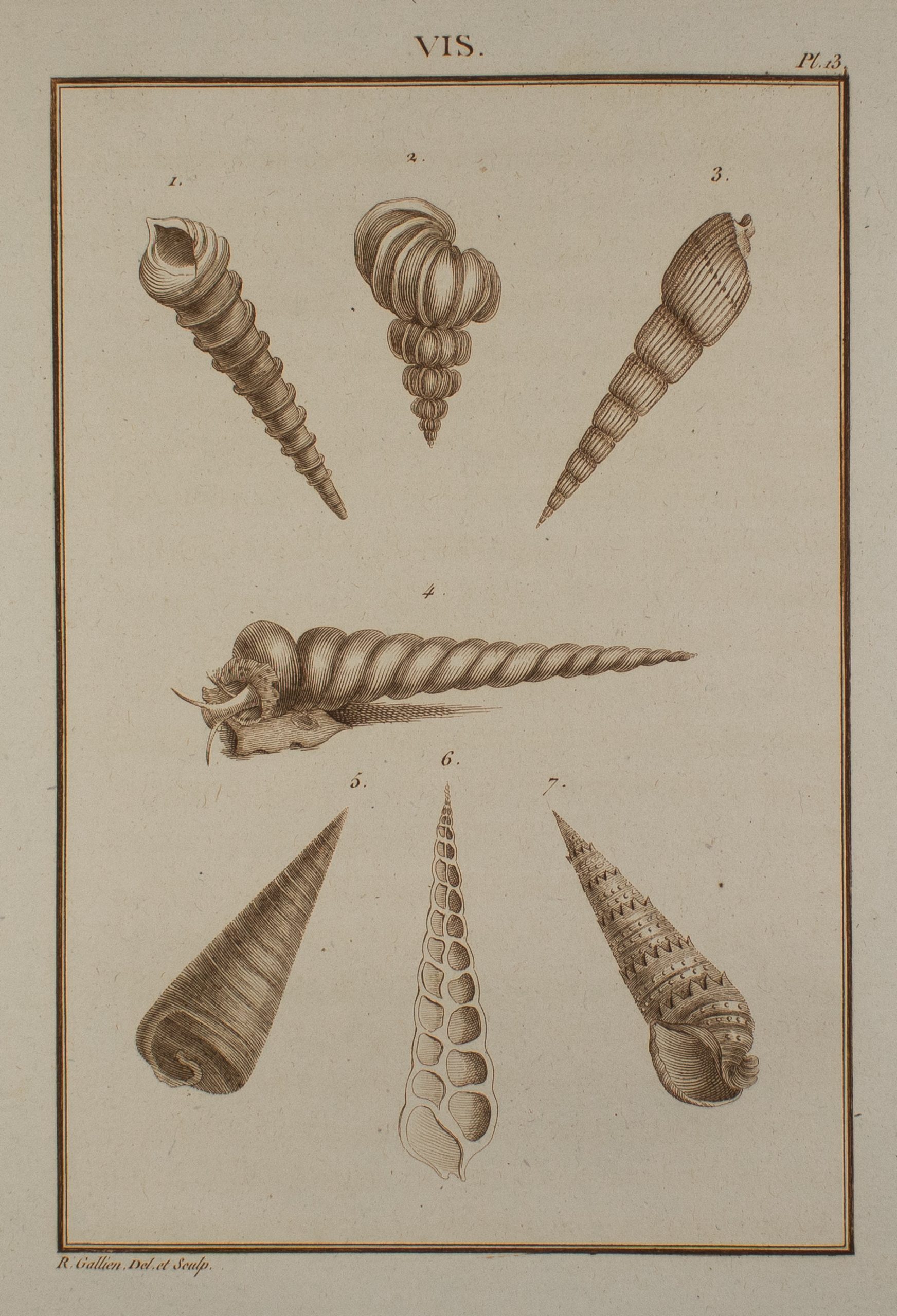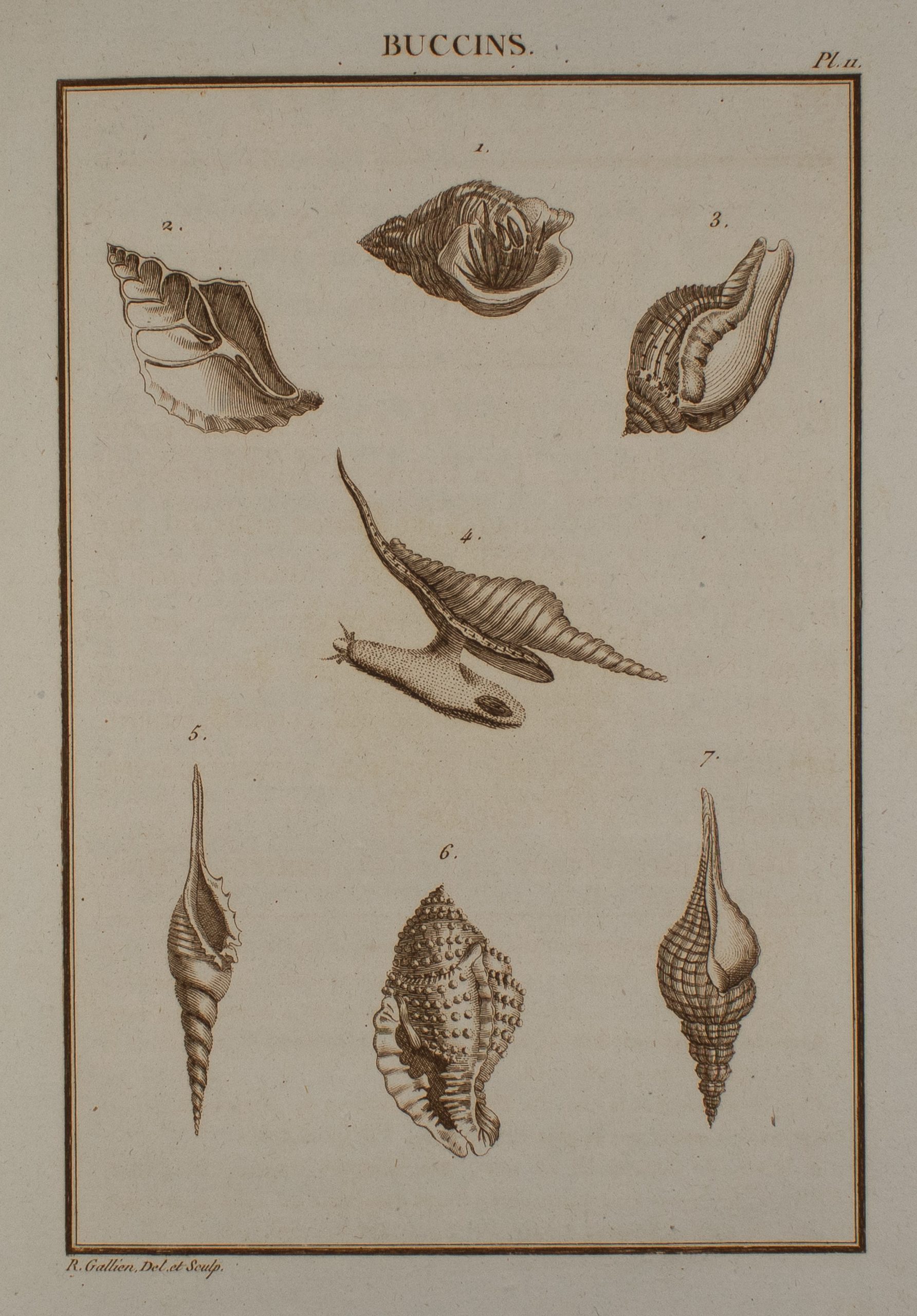13 Cubières’ Abridged History of Sea Shells
Suzie Davies
About the Author
Simon Louis-Pierre, Marquis de Cubières, was born on 12 October 1747, in Roquemaure (Gard), France, and died on 10 August 1821.[1]
Cubières was a squire (or equerry) for Louis XVI and remained devoted to the king and continued to serve him at risk of his own life throughout the years of the French Revolution. Even as the Revolution became more violent, Cubières refused to leave France. He was briefly imprisoned in 1794 but was released.[2]
He devoted his time to the study of science and literature and wrote the Histoire des coquillages de mer published in 1799. He also composed poems and comedies, including comedies such as the Charlatan.
Passionate about botany, Cubières had a substantial garden at Versailles and was the neighbour of Marie-Antoinette before and during the Revolution. He published several scientific memoirs through the Agricultural Society of Seine and Oise at Versailles of which he was president.[3]

About the Book
This small but finely illustrated book of shells (measuring 19 cm x 24 cm) features 21 illustrations drawn and engraved by R.G. Gallien, a famous artist of the time. The book is an inventory of current knowledge and research on the topic of conchology with each chapter featuring a different shell family (univalve, bivalve and multivalve). Each illustration is labelled, with the illustrator Gallien’s name shown at the bottom. All 21 plates are simply beautiful, with particularly stunning images of gastropods such as Rochers (plate 8) and Pourpres (plate 12). Cubières’ comment about Pourpres refers to the shell’s role in the production of purple dye, a colour worn down the ages by the Phoenicians, Alexander the Great, Roman magistrates, rulers of the Roman and Byzantine empires, Roman Catholic bishops, and emperors, kings and queens of Europe.[4]

The book opens with a curious preface entitled ‘Aux Femmes’, which is a letter in which the Marquis de Cubières offers a romantic vision of conchological studies, addressed to women. The preface dedicates the work to women, ending with:
It is for you alone that I undertook this work; and I will find myself well paid, if the story of the shell people, which will be read, may be worth to me a smile of your gratitude.[5]
An item of interest in the book is its publication date. The book’s title page shows its place of publication to be Versailles, and its publication date to be ‘AN VI’. This date style reflected the newly adopted French Republican Calendar. To mark the advent of the new age of liberty, in October 1793, the revolutionaries replaced the old Gregorian calendar with a new republican calendar. Henceforth, the year of the official proclamation of the Republic (1792) would become Year One. In this secular calendar, the twelve months of the year were named after natural elements, while each day was named for a seed, tree, flower, fruit, animal, or tool, replacing names referring to saints and Christian festivals. The Republican calendar was abandoned by Napoleon on January 1, 1806. The publication date of AN VI for this book translates into the period 22 September 1797 to 21 September 1798. This meant that Cubières published this work as the French Revolution raged about him.[6]

This book may not be the most spectacular rare book in the Sir Maurice Yonge Collection as it is quite small and modest in its size and number of fine illustrations. But, to hold in one’s hand a book that was produced during the chaos and brutality of the French Revolution, which then survived to be passed through the hands of so many readers and librarians over the centuries since, is truly a special privilege indeed.
- "Conchology for Women, With 21 Engraved Plates," Antiquariaat Forum, accessed October 4, 2022, https://www.forumrarebooks.com/item/cubieres_simon_louis_pierre__histoire_abr_eacute_g_eacute_e_des_coquillages_de_mer_de_leurs.html.; “Shellers From The Past and Present: Cubières, Simon Louis Pierre de (Marchese),” Conchology, accessed October 4, 2022, https://conchology.be/?t=9001&id=16522. ↵
- “Simon Louis Pierre de Cubières,” Geneanet, accessed October 4, 2022, https://gw-geneanet-org.translate.goog/garric?lang=en&p=simon%20louis%20pierre&n=de%20cubieres&_x_tr_sl=fr&_x_tr_tl=en&_x_tr_hl=en&_x_tr_pto=sc. ↵
- “Louis Pierre de Cubières,” Wikipedia, accessed May 24, 2018, https://en.wikipedia.org/w/index.php?title=Louis_Pierre_de_Cubières&oldid=714628172. ↵
- Mark Cartwright, “Tyrian Purple,” In World History Encyclopedia, World History Publishing, 2009-, article published July 21, 2016, https://www.worldhistory.org/Tyrian_Purple/. ↵
- Antiquariaat Forum, ”Conchology for Women.” ↵
- Andre Munro, “The 12 Months of the French Republican Calendar,” In Encyclopaedia Britannica. Encyclopedia Britannica Inc., accessed July 5, 2018, https://www.britannica.com/list/the-12-months-of-the-french-republican-calendar.; “French Republican Calendar,” Wikipedia, accessed July 4, 2018, https://en.wikipedia.org/w/index.php?title=French_Republican_Calendar&oldid=846042129. ↵

